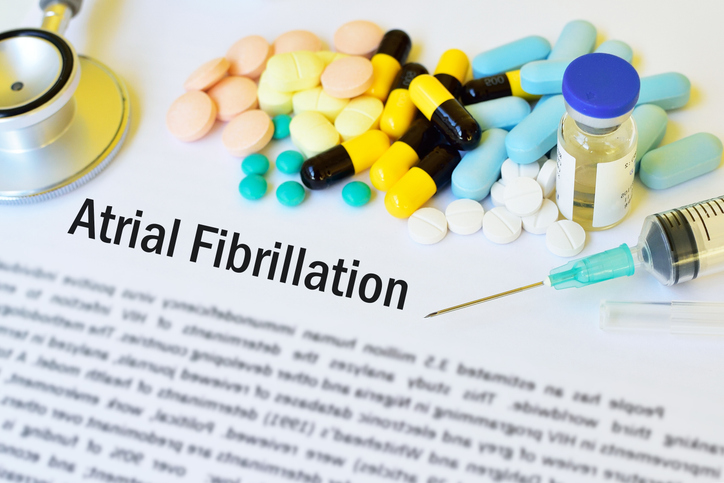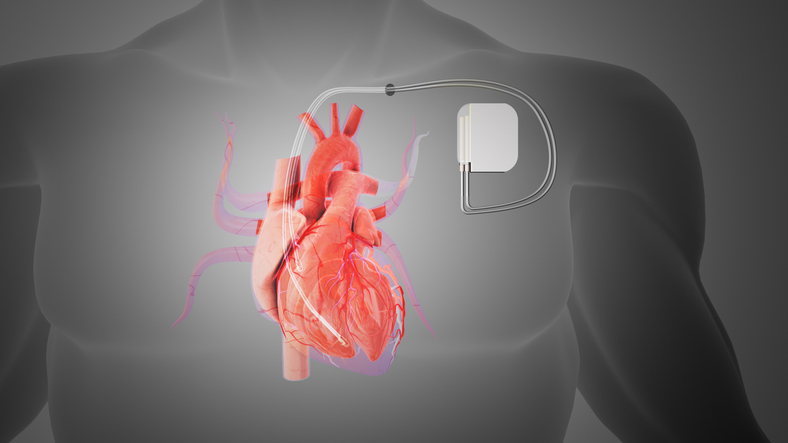
Mortality rates among inpatients with heart failure (HF) who undergo atrial fibrillation (AF) catheter ablation are relatively low, according to a study presented at AHA 2024.
In this National Inpatient Sample, researchers analyzed mortality rates and trends among 142,860 patients hospitalized for AF who underwent catheter ablation between January 2015 and December 2020. The primary end point of interest was defined as in-hospital mortality for patients with and without HF undergoing ablation for AF, and the secondary outcome was mortality in patients with HFrEF compared with those with HFpEF.
The findings showed that overall mortality in the HF group was 3-fold higher (1.6% vs 0.5%, P<.001). Within the HF group, the researchers observed that mortality in HFrEF was 1.8 times higher than in HFpEF (2.4% vs 1.3%, P<.001). Over the study period, mortality rates declined in the HF cohort, both in HFrEF (from 4.1% to 2.2%, P=.012) and HFpEF (from 2.7% to 1.3%, P=.006). In non-HF, mortality rates remained relatively unchanged during the study period (from 1.4% to 1.6%, P=.344).
“Overall mortality following AF ablation is relatively low. Despite the higher mortality observed in patients with HF, the overall rate declined in both HFrEF and HFpEF over the study period. This reduction in mortality may reflect improvements in HF treatment and ablation techniques. Further research is needed to elaborate on the factors contributing to these trends and to develop targeted interventions to reduce mortality in this high-risk population,” the researchers concluded.
Reference
Keller E, Noteware L, Accordino A, et al. Inpatient Mortality After Catheter Ablation for Atrial Fibrillation Among Heart Failure Patients: A 6-Year Nationwide Analysis. Abstract #Sa2066. Presented at the American Heart Association Scientific Sessions 2024; November 16-18, Chicago, Illinois.







 © 2025 Mashup Media, LLC, a Formedics Property. All Rights Reserved.
© 2025 Mashup Media, LLC, a Formedics Property. All Rights Reserved.